If you’re a gardener, then you know that cordyline plants can be a great addition to your garden.
With their lush foliage and tropical look, they can add a touch of the exotic to any landscape.
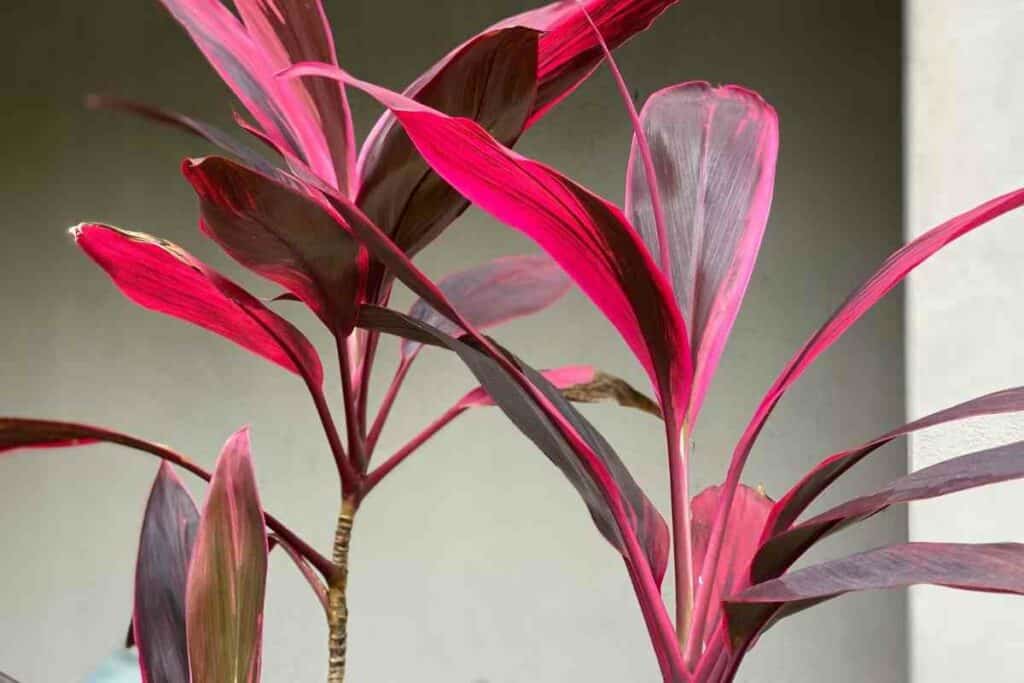
But like all plants, cordylines can suffer from problems now and then.
Have no fear, we’ll take a look at some of the most common Cordyline problems and how to fix them.
Providing Proper Care
Many common issues can be avoided if you take care of your cordyline properly.
By following these care tips, you should have fewer problems to resolve.
Sunlight
Cordylines need plenty of bright, indirect sunlight.
These plants can tolerate full sun, or even full shade, but the best growing condition to avoid burnt leaves is bright, indirect light.
If you’re keeping your cordyline in a pot in your house, a good place to put it is near a window.
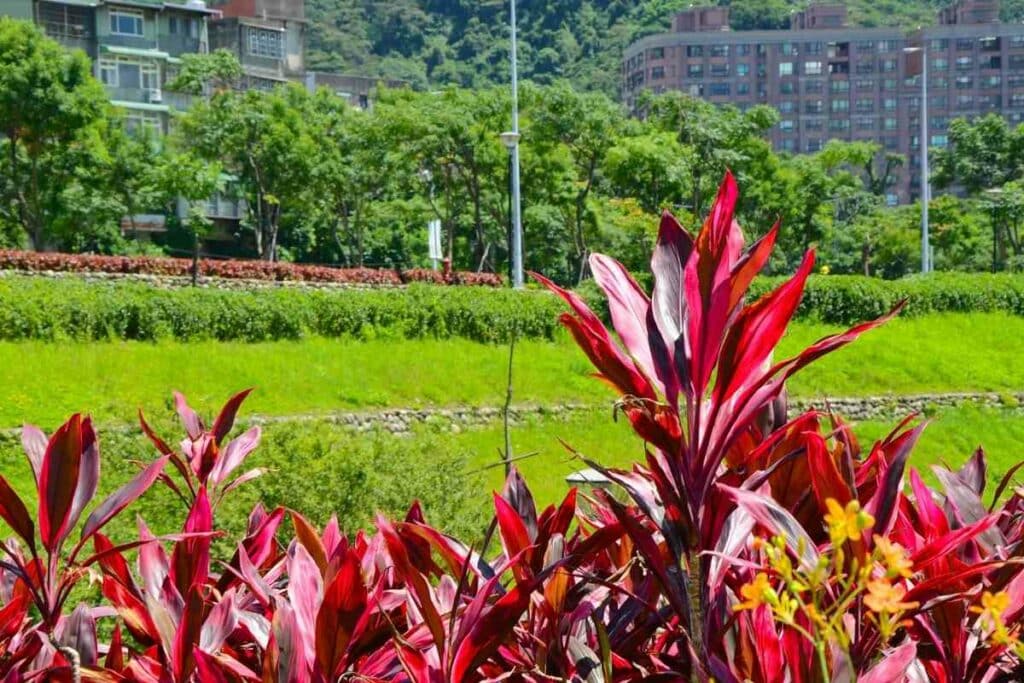
Not so close that it’s sitting in direct light, but close enough that it’s still getting light on the leaves.
Although maybe you want to plant your cordyline directly in your garden.
If You Can – Try to make sure that you plant the cordyline is planted under a tree, or in the shade of a gazebo. If you can’t, direct sun is fine, you might just have to take care of burnt leaves.
Water
Cordyline plants need a balance of just the right amount of water.
Too much and the roots will rot, and too little and the leaves will dry out.
If your plant is outside, give it an inch of water every week unless it rains. If your cordyline is in a pot inside, you might need to water it more frequently.
Check the soil every couple of days, and if it feels dry, give it a good watering.
Soil
Cordyline plants prefer soil that is loose and well-draining.
If your plant is in a pot, you can mix some sand into the soil to help it drain better.
If your cordyline is planted in the ground, make sure that the area around it drains well. If it doesn’t, you can try planting it in a raised bed or adding some drainage material to the soil.
Fertilizer
Cordyline plants need to be fertilized about once a month during the growing season.
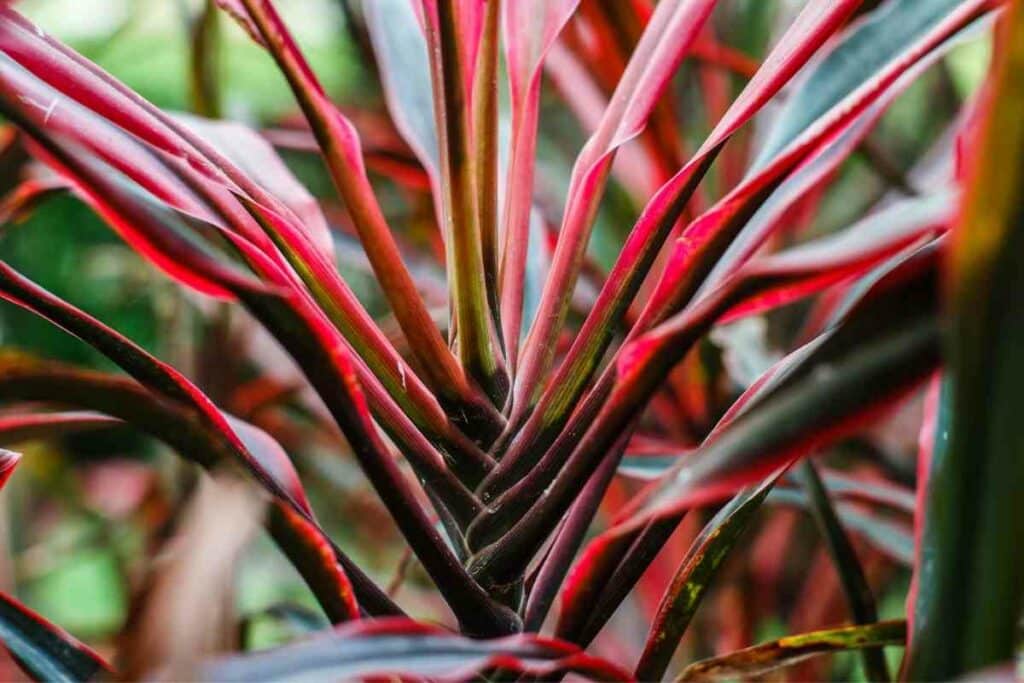
You can use a liquid fertilizer or a slow-release granular fertilizer.
If you’re using a liquid fertilizer, dilute it to half the strength that is recommended on the package.
Apply it to the soil around the cordyline, being careful not to get any on the leaves.
Keep In Mind – If you’re using a granular fertilizer, apply it around the cordyline, and then water it in well.
Temperature and Humidity
Cordyline plants prefer temperatures that are warm but not too hot.
They can tolerate temperatures down to about 60 degrees Fahrenheit, but they will start to suffer if the temperature gets much below that.
If you live in a climate where the temperature drops below 60 degrees, you can try growing your cordyline in a pot and bringing it inside during the winter months.
The highest temperature the cordyline should be sitting in is 85 degrees Fahrenheit.
At this temperature, the leaves turn brown faster, the soil dries out faster, and the roots can burn in the heat.
Cordyline plants also prefer high humidity but will do fine in average household humidity.
If you live in a very dry climate, you might want to mist your cordyline plant occasionally or put it on a pebble tray.
Cordyline Issues and Their Cures
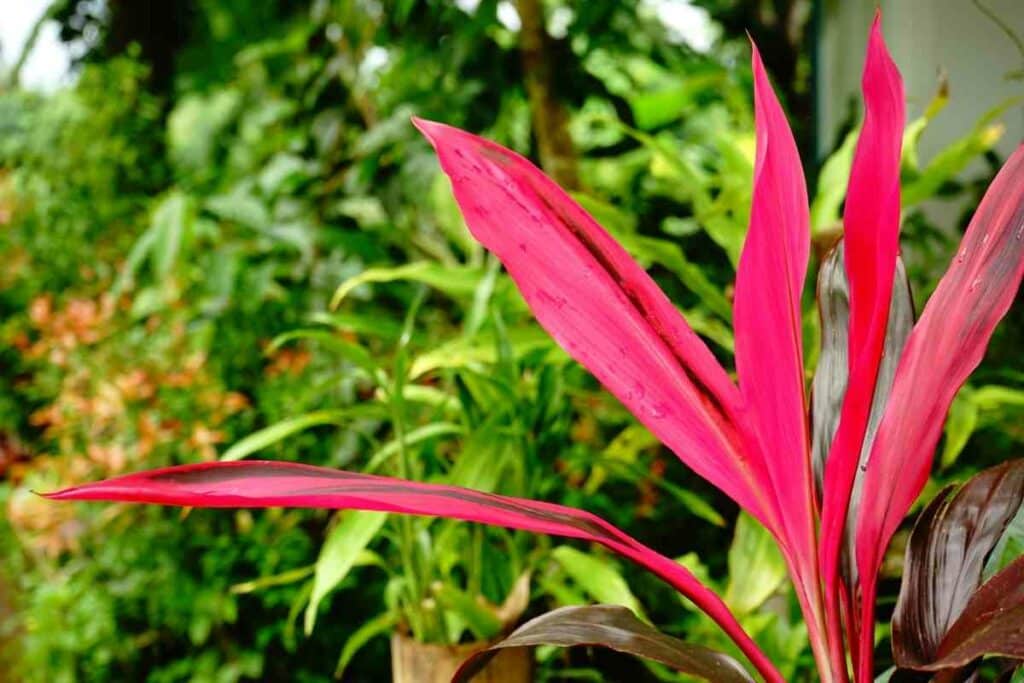
Don’t let the number of issues in this section deter you from wanting to purchase a cordyline for your house or backyard.
As you’ll soon see, all of these problems have simple solutions and by following the care from above you can prevent most of these issues.
Dull Colors
Cordyline plants come in a variety of different colors.
From purples and pinks to different shades of green. You’ll notice pretty soon if the colors start to dull.
When This Happens – The cordyline isn’t getting enough light. Slowly start moving it towards a brighter location, making sure to do this gradually so that the plant can adjust.
If you live in a climate with harsh winters, this can also be the cause of dull colors.
The colder weather doesn’t allow the plant to produce as much chlorophyll, which gives the plant its color.
There’s not much you can do about this other than wait for spring when the weather starts to warm up again.
Fungal Leaf Spot
Fungal leaf spot is a common problem with cordyline plants.

It is caused by a fungus and results in black spots on the leaves.
The spots can eventually turn into holes in the leaves.
There is no cure for fungal leaf spot, but you can take steps to prevent it.
There are several things you can do to prevent fungal leaf spot:
- Make sure your cordyline plant is getting enough sunlight.
- Water your cordyline plant regularly, making sure the soil is moist but not wet.
- Keep the area around your cordyline plant free of debris and weeds.
Root Rot
Root rot is usually caused by the Fusarium fungus, a fungus that thrives in cold, wet soil.
The symptoms of root rot are yellowing leaves, wilting, and the eventual death of the plant.
If you think your cordyline has root rot, the first thing you should do is check the roots. If they’re soft and mushy, your plant likely has root rot.
The best way to treat root rot is to remove the affected plant from the pot or ground and carefully remove as much of the rotted roots as possible.
Nice Tip – After you’ve removed the rotted roots, replant the cordyline in fresh, well-draining soil. If you’re replanting in a pot, make sure it’s clean and has drainage holes.
You can also treat mild cases of root rot by applying a fungicide to the soil around your plant.

Slime Flux
Slime flux is a bacterial disease that affects cordyline plants.
It causes a sticky, slimy discharge to ooze from the plant’s stems and leaves.
The bacteria that cause slime flux can damage the plant’s tissues, making it susceptible to other diseases.
If your cordyline is affected by slime flux, there are several things you can do to treat it:
- First, prune away any affected leaves or stems.
- Then, disinfect your pruning tools with a solution of bleach and water.
- You can also try spraying the plant with a copper-based fungicide.
- If the plant is severely affected, you may need to destroy it and start over with a new one.
Mealy Bugs
Mealy bugs are a type of soft-bodied insect that can infest cordyline plants.
They suck the sap from the leaves and stems.

While only a few mealy bugs aren’t going to do much damage, they can severely weaken the plant in large numbers.
If you see mealy bugs on your plants you can get rid of them by wiping them off with a damp cloth.
Works Well – You can also use insecticidal soap or neem oil. You can also use heat to kill mealy bugs. If your cordyline is in a pot, try putting it in direct sun for a few days.
Scale Insects
Scale insects are tiny, sap-sucking pests that can infest cordyline plants.

They attach themselves to the leaves and stems of the plant and feast on the sugars in the leaves, leaving fewer nutrients available to the plant.
If you think your cordyline might have scale insects, you can try to treat it with insecticidal soap or neem oil.
You can also try to physically remove the scale insects from the plant with a cotton swab dipped in rubbing alcohol.
Spider Mites
Spider mites are tiny pests that can cause damage to cordyline plants.
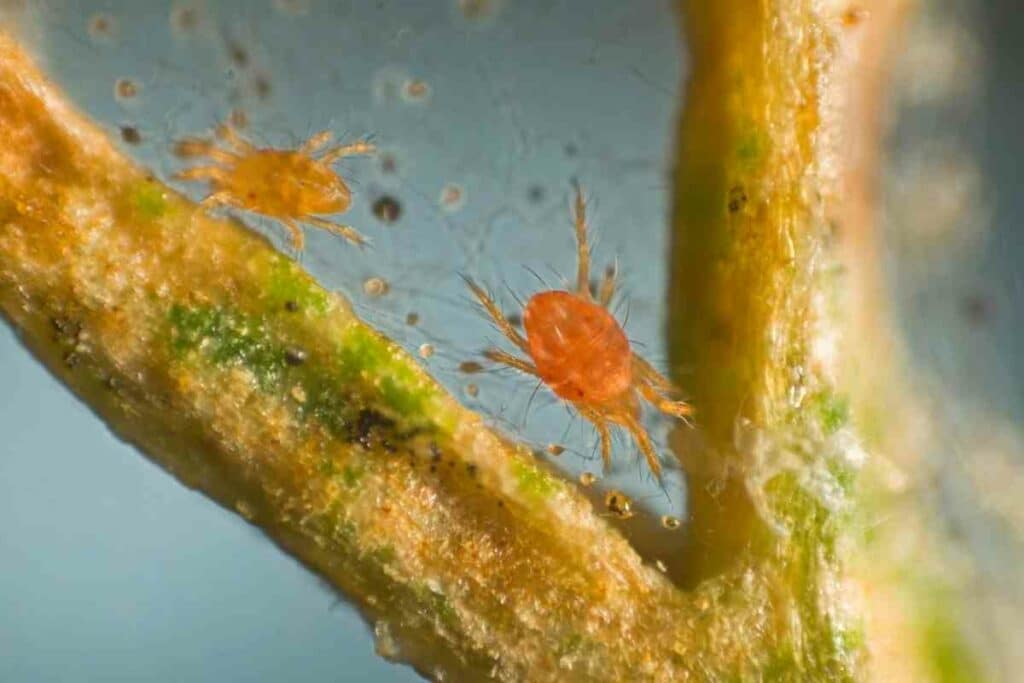
They can be identified by their small, red bodies and the webbing they produce.
To treat an infestation, remove any affected leaves and spray the plant with an insecticide.
You can also try to physically remove the mites with a cotton swab dipped in rubbing alcohol.
Thrips
Thrips are tiny, winged insects that can cause damage to cordyline plants.
They feed on the leaves and stems of the plant, causing them to turn brown and dry out.
Thrips can be removed from cordyline plants by spraying them with a strong stream of water.
This will dislodge the insects and cause them to fall to the ground where they can be collected and disposed of.
Alternatively – A pesticide spray can be used to kill the thrips. Be sure to follow the instructions on the package, as some pesticides can be harmful to plants.
Final Thoughts
Cordyline plants can be affected by many different diseases, pests, and problems.
While most of these can be treated with simple measures, some may require the plant to be destroyed and started over fresh.
Now that you know how to care for your cordyline plant and what problems to look out for, you can enjoy it for many years to come.


